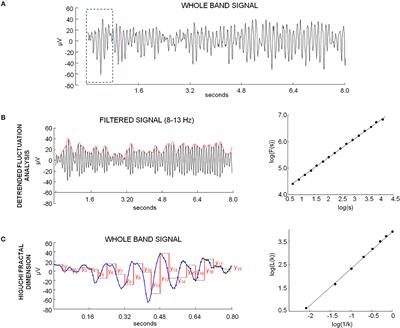EDITORIAL
Published on 29 Mar 2019
Editorial: Nonlinearity in Living Systems: Theoretical and Practical Perspectives on Metrics of Physiological Signal Complexity
doi 10.3389/fphys.2019.00298
- 1,872 views
- 8 citations
18k
Total downloads
82k
Total views and downloads
Select the journal/section where you want your idea to be submitted:
EDITORIAL
Published on 29 Mar 2019
ORIGINAL RESEARCH
Published on 20 Feb 2019

ORIGINAL RESEARCH
Published on 17 Jan 2019

ORIGINAL RESEARCH
Published on 06 Dec 2018

ORIGINAL RESEARCH
Published on 06 Dec 2018

ORIGINAL RESEARCH
Published on 04 Dec 2018

ORIGINAL RESEARCH
Published on 12 Nov 2018

ORIGINAL RESEARCH
Published on 31 Oct 2018

ORIGINAL RESEARCH
Published on 29 Oct 2018

METHODS
Published on 11 Oct 2018

ORIGINAL RESEARCH
Published on 11 Oct 2018

ORIGINAL RESEARCH
Published on 28 Sep 2018


Frontiers in Applied Mathematics and Statistics
Frontiers in Network Physiology